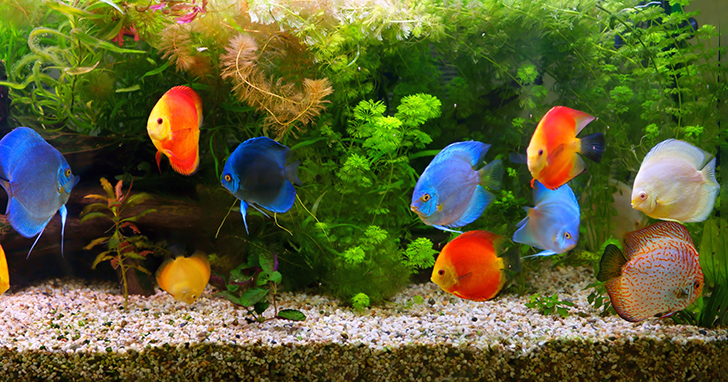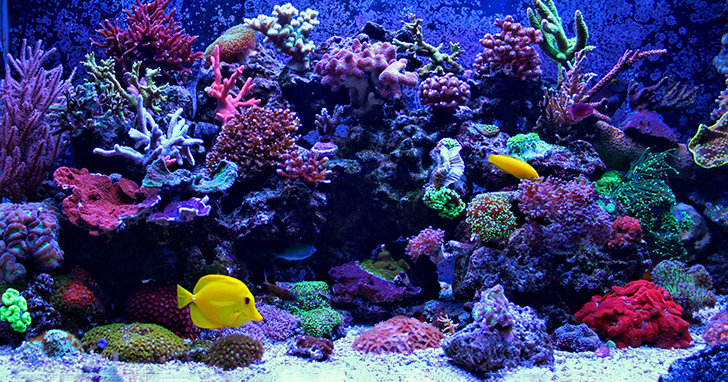Choosing the Proper Flow Rate for Your Aquarium

Why is flow rate important for your aquarium?
A proper flow rate is essential for your aquarium's filter to work its best. This means that your aquarium will stay cleaner longer, providing a healthier environment for your inhabitants. We generally recommend that on average, you turn over your aquarium volume four times per hour. This means that if you have a 30-gallon tank, you need a pump and filter with flow rates of around 120 gph. What aquariums require a higher flow rate
Those with large fish need higher flow rates and possibly additional powerheads to get as much fish detritus into the filter as possible so it can be removed. Reef tanks need higher flow so water is moving in all areas of the aquarium. This is essential for filter feeders. What aquariums require slower flow rates?
Live plant tanks. Decreasing surface agitation helps hold in the CO2 much needed by plants. Most plants cannot tolerate being in the middle of the flow stream. Small fish, baby fish, and betta tanks need a very slow flow rate. It can cause much unwanted stress for them to swim in the current all the time. Flow rates listed on the pumps are flow rates under optimal conditions or a head height of 0'. But often conditions are not perfect. For instance, most aquarium water levels are about four feet off the floor. Canister filters, modules, and wet/dry filters need a pump to push the water upward. High-pressure pumps are usually fine, but high flow, low-pressure pumps may drop their flow rate significantly in those four feet. Also, consider that every elbow or sharp turn in tubing slows flow rate. Smaller tubing than the pump requires, and dirty or clogged filters have a significant effect on flow rates, slowing them down. 
Is filter media important in aquarium flow rates?
Another factor in flow rates to consider is filter media type. Biological and chemical media often work better at a rate of 4 times an hour or less. But if the flow is less than one time per hour, perhaps due to filter material being clogged, it could deprive biological media of life-giving oxygen, possibly causing a sudden release of toxins. Mechanical media, on the other hand, performs optimally with a higher flow rate, so a good balance between the two needs to be achieved depending on the media type and amount contained in the filter. The proper flow rate can make a big difference in the health and happiness of your aquarium inhabitants. Taking the time to research flow rates and filter medias used in filters you are considering to purchase can make aquarium-keeping a much more enjoyable hobby. |
|
|


